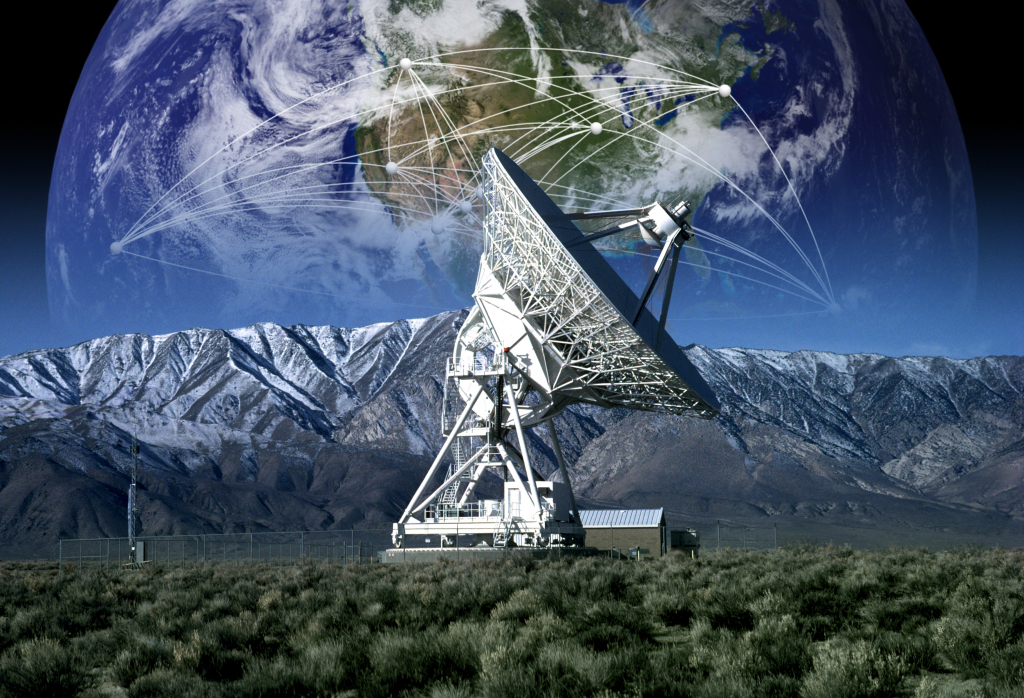An international research team, using a worldwide network of radio telescopes, has detected an enigmatic dark object with a mass about one million times that of our Sun without observing any emitted light. This is the lowest mass dark object ever detected at a cosmological distance using only its gravitational influence.




